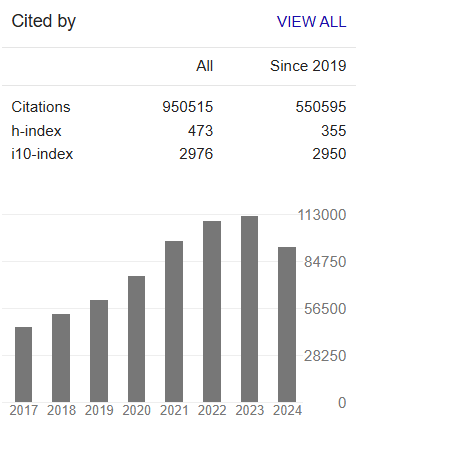Impact of COVID-19 pandemic on mortality count at the Emergency Ward of Hospitals in India: A Cross-sectional study from January 2019 to May 2021
Abstract
Piyush Kumar
Background: A cute treatment in emergency case management is required for survival and stabilization of critical patients, followed by shifting the patients to the relevant department for further care. However, for the seriously ill critical patients struggling for survival, the care is provided by the Emergency Department/Ward (ED) of the hospital as the situation is not enough to enable transfer because death may occur while transferring and treatment in such situations are given at emergency ward/department. This aspect of emergency management care is often overlooked by policy makers and government which is really serious regarding who dies in the ED.
Objective: The aim of this cross sectional research study was to determine impact of COVID-19 pandemic era on mortality count at the emergency ward of public-private-rural-urban hospitals in India across 36 states and union territories. The objective was fulfilled by collecting, observing, analyzing total mortality occurring at the emergency ward of public-private-rural-urban hospitals in India from 1st January 2019 to 31st May 2021(linear regression is not done for forecasting due to two factors, first the COVID-19 situation and mortality is changing as well as largely associated with virulence of strain and to keep data from accredited source intact on real grounds) of emergency department admissions of public and private health facilities. The objective was to find out if there is increase or decrease in mortality of emergency department admissions during the COVID-19 pandemic era by comparing mean mortality of ED per month of public, private, rural, urban health facilities before the pandemic from 1st and 2nd year of pandemic i.e. 2020 and 2021 respectively.
Methods: This research study is a cross sectional retrospective mixed qualitative and quantitative analysis of the mortality occurring at the emergency department of public and private, rural, urban hospitals from 1st January 2019 to May31st 2021 with aim to find out impact of COVID-19 pandemic era on mortality at ED. Electronic patient records from HMIS (health management information system) of MoHFW (ministry of health and family welfare) , Government of India is collected, observed, analysed, compared for all patients deaths occurring at Emergency Department (ED) of public and private, rural, urban health facilities (n = 452102) during the study period from 1st January 2019 to 31st May 2021.
Results: The study results found that largest total number of death occurred in the ED during may 2021 whereas the least number of deaths occurred in February 2019 (limitation is actual data availability is up to May 2021 from accredited sources and linear regression is avoided to keep study based on real data only, hence forecast for adjustment was avoided). During the first year of the pandemic, mean mortality per month (Jan2020-Dec2020) in the emergency department (ED) of rural, urban, public and private hospitals in India was 16067per month whereas before the pandemic it was 12542 per month while during second year of pandemic i.e. 2021 the mean mortality increased to 21758 per month (up to May 2021).
Conclusion: Due to novel nature of COVID-19 disease, the majority of hospital clinicians have challenging situation during this COVID-19 pandemic era as well as emergency ward (EW) medical-nonmedical teams faced a sudden sharp increase in the number of cases with limited available resources. Furthermore, a lack of proper knowledge of COVID-19 added with confusion and lack of timely revised directives for treatment may have hindered proper care/treatment, as witnessed in many part of the world and available in various literatures. This situation may have increased mortality during COVID-19 pandemic era at emergency wards of various health facilities. The authors hope that this study will help global researchers as well as policy makers to promote further research and discussion into preparation methods/strategies for such pandemics to reduce patient mortality in the ED.



